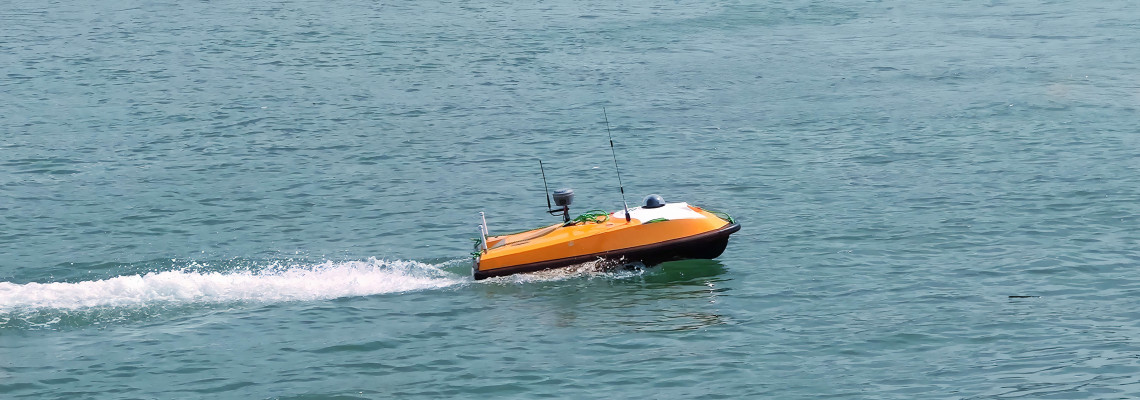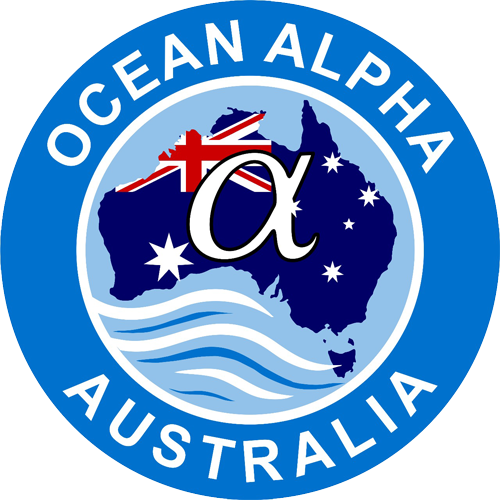
SL 40: Revolutionizing Maritime Autonomy with Compact Precision
In an era defined by rapid advances in unmanned technology, the SL 40 Small Unmanned Surface Vehicle (USV) carves its own wake—elegantly blending efficiency, portability, and adaptability. Developed by one of the world's leading innovators in intelligent marine robotics, this pint-sized powerhouse proves that small doesn't mean small-minded.
Compact But Capable
Measuring just under 4 meters, the SL 40 is remarkably nimble and well-suited for operations in constrained environments such as inland waterways, ports, and reservoirs. Its hull design enhances stability, allowing the vessel to perform complex maneuvers even in rough waters.
Smart Autonomy & Remote Operations
Equipped with advanced navigation modules, the SL 40 can execute pre-set routes autonomously while also supporting real-time remote control. This dual capability makes it ideal for long-term monitoring missions, emergency response, or rapid deployment in disaster zones.
Versatile Payload Options
What makes this surface vehicle a true multitasker is its modular payload bay. Whether it's conducting hydrographic surveys with multi-beam sonars, monitoring environmental data with water quality sensors, or scanning for submerged hazards, the SL 40 adapts to its mission with ease.
Energy Efficient Mobility
Its electric propulsion system underscores a commitment to sustainability, offering quieter operation and lower emissions—a must for eco-sensitive regions and acoustic research.
Applications That Span Industries
- Environmental Monitoring: Tracking water quality, algal blooms, and sediment analysis
- Hydrography & Mapping: Generating precise underwater terrain maps
- Defense & Security: Surveillance in sensitive zones and border patrolling
- Search & Rescue: Navigating hazardous areas during emergencies
With its balance of size, intelligence, and modular design, the SL 40 sets a benchmark in autonomous surface vehicles. While it’s a product of OceanAlpha, its utility transcends brand—empowering researchers, governments, and industries around the globe to interact with aquatic environments in smarter, safer ways.
Would you like to turn this blog into a visual showcase or social media caption next? I’m brimming with ideas. ????

















